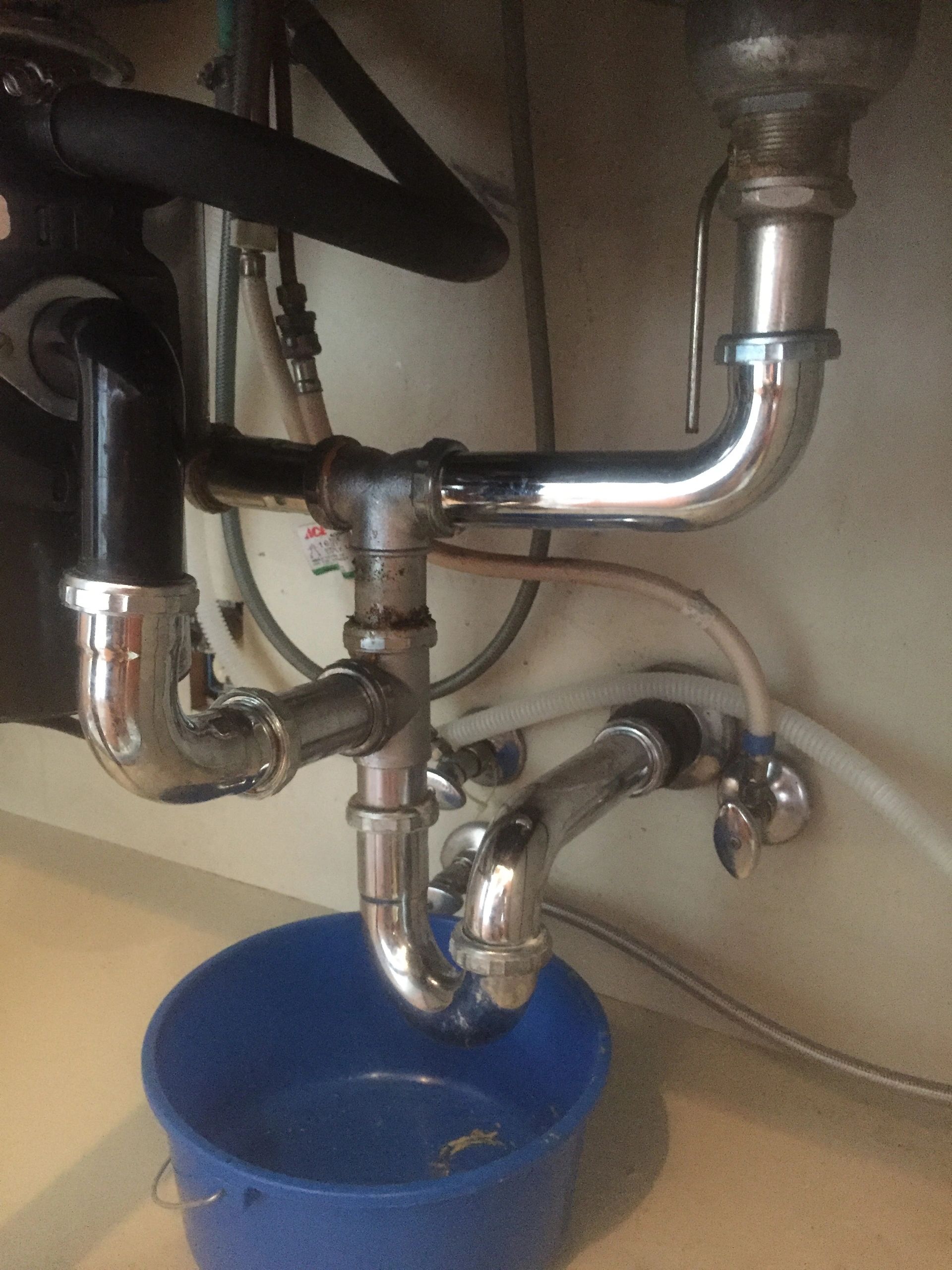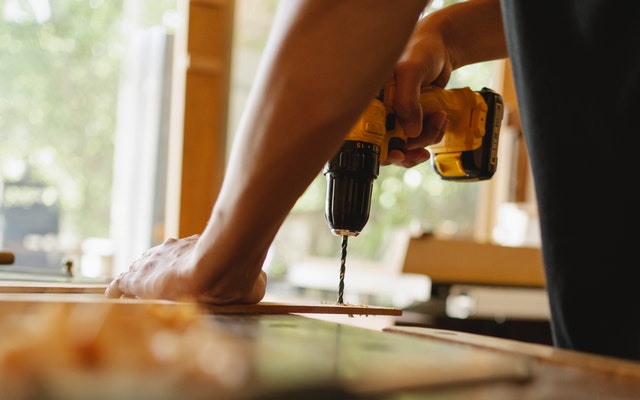What're your beliefs about Plumbing Maintenance Guide for Tenants?

Managing plumbing issues in rental properties effectively is critical for maintaining tenant fulfillment and protecting the home's worth. Whether you're a landlord or a building supervisor, recognizing just how to attend to these usual troubles can conserve you money and time while guaranteeing conformity with legal obligations. Here's a step-by-step guide on how to handle pipes problems in rental properties.
Establish Clear Interaction
Encourage tenants to report any kind of plumbing issues as soon as they occur. Provide several communication channels such as phone, email, or a tenant portal to make it easy for them to reach out. Prompt responses to these reports can prevent small issues from rising right into significant issues.
Inform Renters
Inform your renters about what constitutes a plumbing emergency situation and what does not. Give standards on just how to manage minor issues themselves, such as using a plunger to unblock a toilet. Additionally, educate them regarding what they must prevent putting down drains pipes to stop blockages, such as grease, coffee grounds, and non-biodegradable things.
Normal Maintenance
Implement a routine upkeep routine for all plumbing systems in your rental residential properties. Regular checks can help determine and resolve problems like leakages, slow drains, or rusty pipelines before they become significant. Think about working with an expert plumbing professional to evaluate the properties annually or semi-annually.
Quick Feedback to Emergencies
Have a plan in position for responding to pipes emergencies. This should include having the contact info of reputable pipes services that offer 24/7 emergency situation repairs. Quick activity is necessary to decrease damage in scenarios like burst pipelines or severe leakages.
Record Whatever
Maintain comprehensive documents of all reported plumbing concerns and the actions required to resolve them. Paperwork needs to include days, descriptions of the issue, interaction with lessees, and receipts from specialists or plumbers. This information can be vital for insurance claims, tax obligation deductions, and legal defense.
Use Qualified Professionals
Always make use of licensed and insured experts for considerable pipes repairs and setups. This makes certain that the job depends on code and can help avoid obligation concerns in case of accidents or additional damages. It also comforts tenants that repair services are being taken care of professionally.
Understand Legal Obligations
Recognize your legal responsibilities pertaining to plumbing and general residential property upkeep. Most jurisdictions require property owners to ensure their buildings are habitable which all pipes systems remain in good working order. Failing to address serious issues quickly can result in legal actions from renters.
Renter Repayments
If a pipes problem needs instant interest and the renter fixes the problem on their own, have a clear policy in place for reimbursing prices. Make certain lessees recognize they need to get previous approval for higher-cost repair work unless it's an absolute emergency.
Preventive Upgrades
Consider updating older pipes systems and components to much more modern, efficient versions. This can lower the regularity and seriousness of plumbing concerns and reduced long-lasting maintenance prices. It's likewise a selling point for possible lessees that value upgrades and contemporary features.
Lessee Move-Out Inspections
Conduct detailed pipes checks during move-out examinations to make sure that any type of issues are recognized and attended to before a brand-new renter moves in. This stops conflicts with brand-new occupants over pre-existing conditions and ensures the property remains in top condition.
Final thought
Managing plumbing problems in rental homes needs a positive approach and excellent communication with tenants. By staying on top of upkeep, reacting promptly to emergency situations, and utilizing competent professionals, property managers can keep their residential properties in exceptional condition and preserve great relationships with tenants.
How to Handle Water Damage in a Rental Property
What is Water Damage?
Water damage is harm or destruction caused by water entering areas where it is not supposed to be. It can be caused by a variety of sources and can manifest in different ways. The most common examples of water damage include:
Leaking roof Plumbing leaks Appliance malfunctions Poor drainage Flooding Sewage backup Condensation Tenant negligence HVAC system issues Frozen pipes Is water damage dangerous?
Water damage itself is not inherently dangerous, but it can lead to various hazards and health risks if not promptly and properly addressed. The severity of these risks depends on the extent of the water damage, the source of the water, and how quickly it is mitigated.
Some potential dangers associated with water damage include structural damage, mold and bacterial growth, electrical hazards, water contamination, and pest infestations. In situations where mold and mildew have gone unaddressed, mold can start to develop within 24-48 hours of water exposure, and this can impose a serious health risk to tenants. In particular, mold spores and damp conditions can lead to respiratory issues and even make existing health problems worse, such as allergies, asthma, or immune disorders.
Water Damage in an Apartment - Who is Responsible?
If the water damage is caused by the tenant’s negligence, the tenant is responsible for the cost of repairs. If the water damage is caused by a defect in the property, the landlord is responsible for the cost of repairs. If the water damage is a result of natural causes, such as excessive rain, then the landlord is responsible, since the water intrusion likely occurred due to a defect in the property. Landlord Responsibility water damage in rental property
Since maintaining habitability is the landlord’s legal responsibility, landlords are responsible for any resulting structural damage caused by water damage. These structural damages may include damage to walls, roofs, ceilings, and flooring. If water damage has affected the rental property’s original structure, the landlord is responsible for repairing or replacing those materials. Therefore, landlords should have property insurance that covers the structural components of their rental property so that they can receive help with the costs of covered events.
Preventative measures can also help landlords avoid massive renovations. Preventative maintenance may include conducting regular inspections to identify and address potential water damage before it becomes a major and urgent problem.
If a landlord fails to meet their responsibilities regarding water damage, it can lead to legal disputes and potential liability. Tenants who believe their landlord is not addressing water damage issues in accordance with California law can seek legal advice or contact local housing authorities for assistance.
https://www.goodlifemgmt.com/blog/water-damage-in-a-rental-property/

As a keen person who reads about Plumbing Maintenance Guide for Tenants, I imagined sharing that excerpt was a smart idea. Sharing is good. Helping others is fun. Many thanks for taking the time to read it.